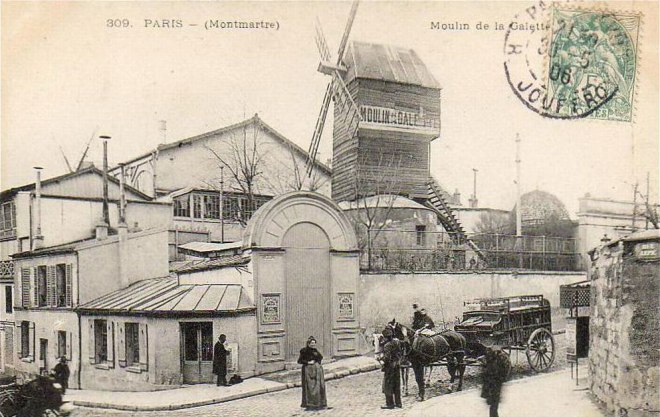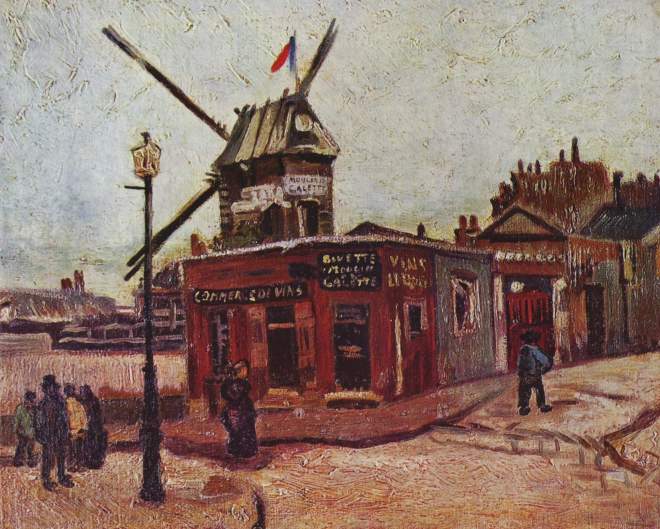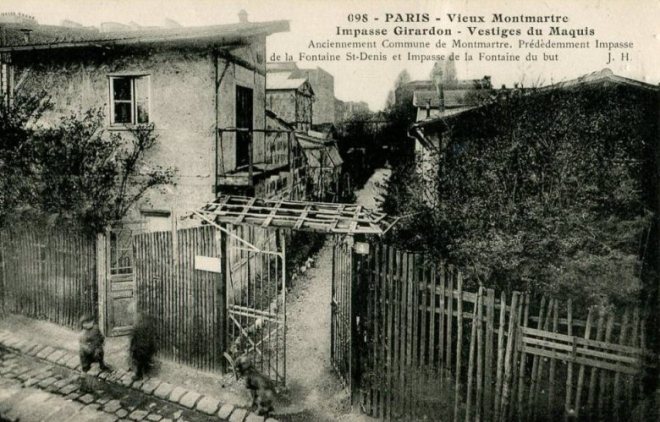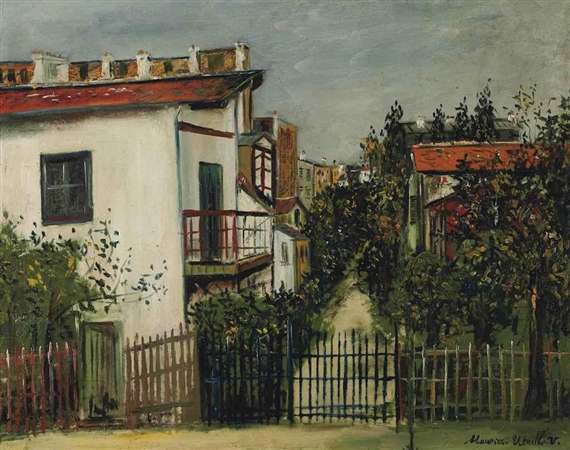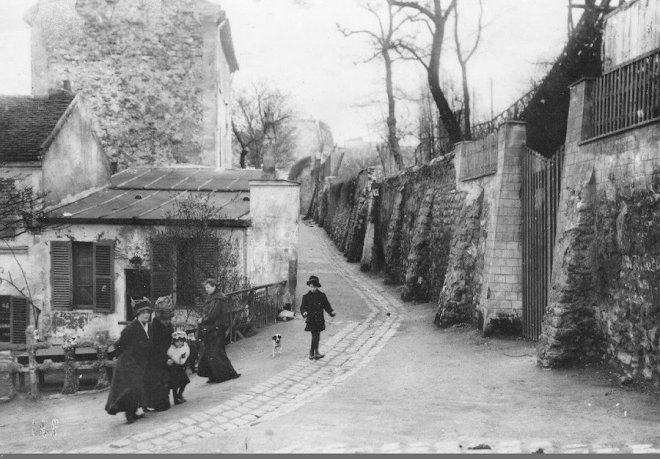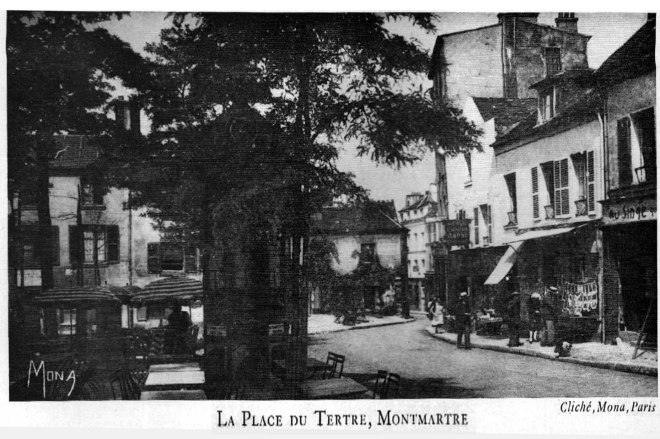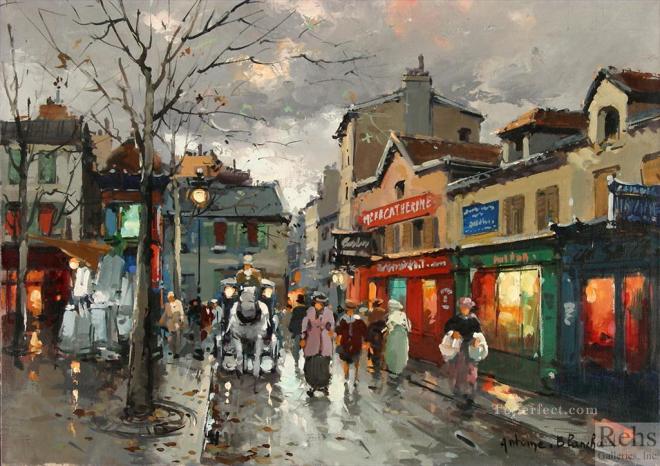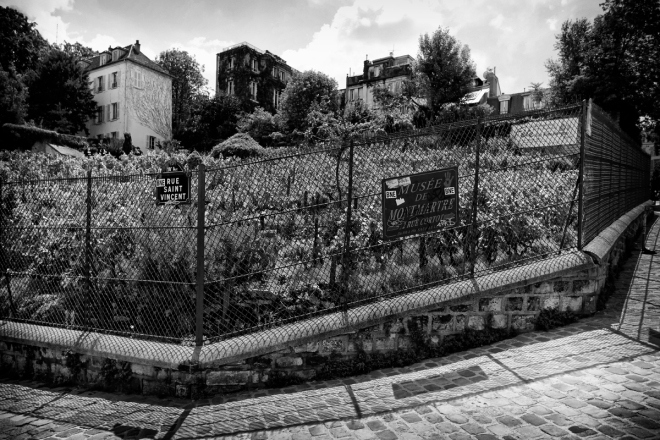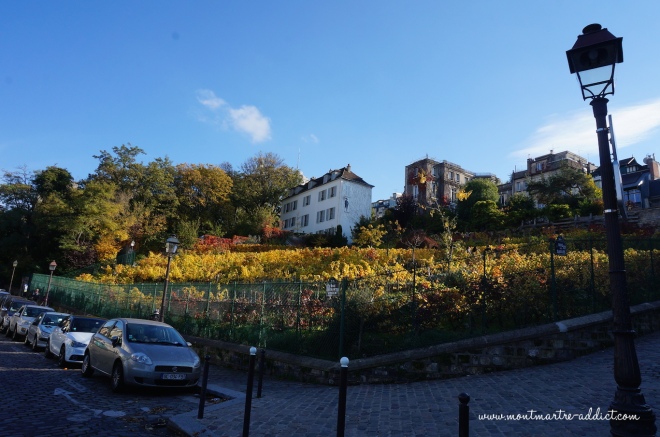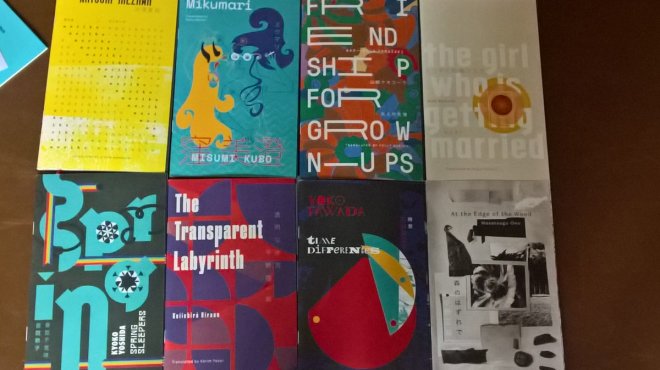You can tell it’s holiday season, as my reading has slipped into crime more often than not. Out of the 11 books I read this past month, 8 have been crime-related and only 4 of those were for reviewing purposes. Sadly, only two books were in translation, although this was not a deliberate decision. The gender ratio is somewhat better with 6 1/2 female authors (one half of Nicci French).
Crime fiction
 Nicci French: Saturday Requiem – a moving entry to the series, as Frieda Klein’s compassion comes to the fore, rather than just her stubbornness and recklessness
Nicci French: Saturday Requiem – a moving entry to the series, as Frieda Klein’s compassion comes to the fore, rather than just her stubbornness and recklessness
Paula Lennon: Murder in Montego Bay – for fans of Death in Paradise, but showing a grittier view of Jamaican island life
LV Hay: The Other Twin – life, death, gender issues and social media in Brighton
Mary Angela: Passport to Murder – cosy campus crime, review to follow soon on CFL
Robert B. Parker: Bad Business – not the best in the Spenser series, this story of adultery and business interests is nevertheless full of the trademark humour and sharp wit
Helen Cadbury: Bones in the Nest – I will be forever sorry that this series will not run for longer, as Sean Denton is such an endearing hero. In this book his POV is matched by another compelling character, the hapless Chloe, recently released from prison.
 Sandrone Dazieri: Kill the Father, transl. Antony Shugaar – not for those of a squeamish disposition, since it deals with child kidnapping, yet it manages to refrain from all too graphic descriptions of that. A wowser of a thriller, with two complex and entertaining main characters, who are a delight when they interact with each other and with other members of the police in passionate Italian fashion. Review coming soon to CFL. But shame on Simon & Schuster for not naming the translator on either the cover or the title page!
Sandrone Dazieri: Kill the Father, transl. Antony Shugaar – not for those of a squeamish disposition, since it deals with child kidnapping, yet it manages to refrain from all too graphic descriptions of that. A wowser of a thriller, with two complex and entertaining main characters, who are a delight when they interact with each other and with other members of the police in passionate Italian fashion. Review coming soon to CFL. But shame on Simon & Schuster for not naming the translator on either the cover or the title page!
Emmanuel Carrère: The Adversary, transl. Linda Coverdale – reread this in English translation for CFL, as it has recently been reissued. I hope that means that other translations of works by this author are forthcoming, as he is interesting both as a fiction and non-fiction writer. I have a personal interest in this story, of course, as I lived for five years in the area where this tragedy took place.
Other Reading:
Jane Austen: Persuasion – still my favourite Jane Austen novel, it is sweet, mature, restrained and so precise in its description of near hopelessness
Anthony Cartwright: The Cut
Naomi Alderman: The Power – great premise, enjoyable and thought-provoking read, but slightly too long and too much jumping around from one point of view to the other. The ending also felt a bit of a cop-out.
 Undoubtedly, my (re)read of the month was Persuasion – there can be no competition! Meanwhile, my favourite crime read (if I take aside The Adversary, which was a reread) was probably Bones in the Nest.
Undoubtedly, my (re)read of the month was Persuasion – there can be no competition! Meanwhile, my favourite crime read (if I take aside The Adversary, which was a reread) was probably Bones in the Nest.
Plans for August
I do want to take part in #WIT – Women in Translation Month, and have all the Japanese novellas lined up for that purpose, as well as Romanian author Ileana Vulpescu. However, I also want to catch up with #EU27Project, which I have shamefully neglected. And, of course, write and edit, which I haven’t been able to do much this past month. Let’s see how it goes!















